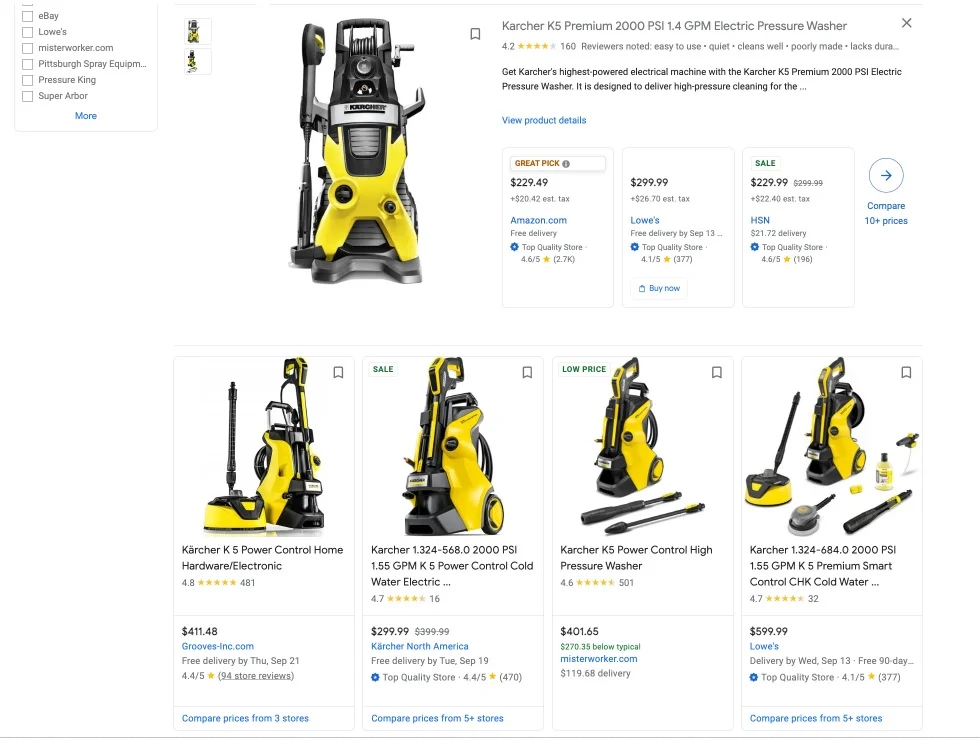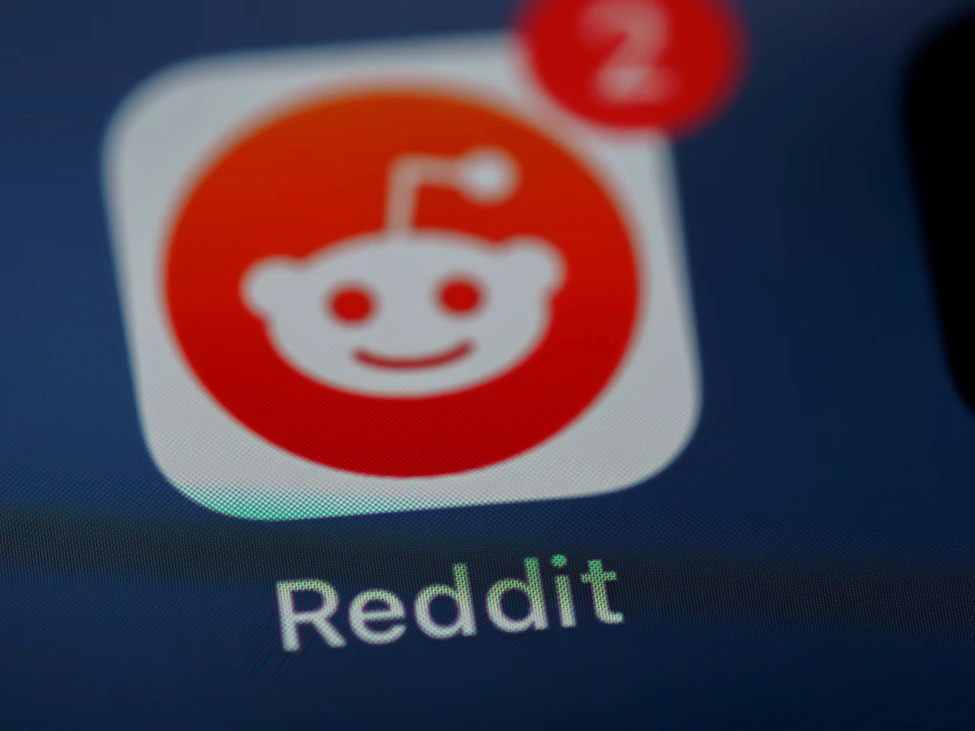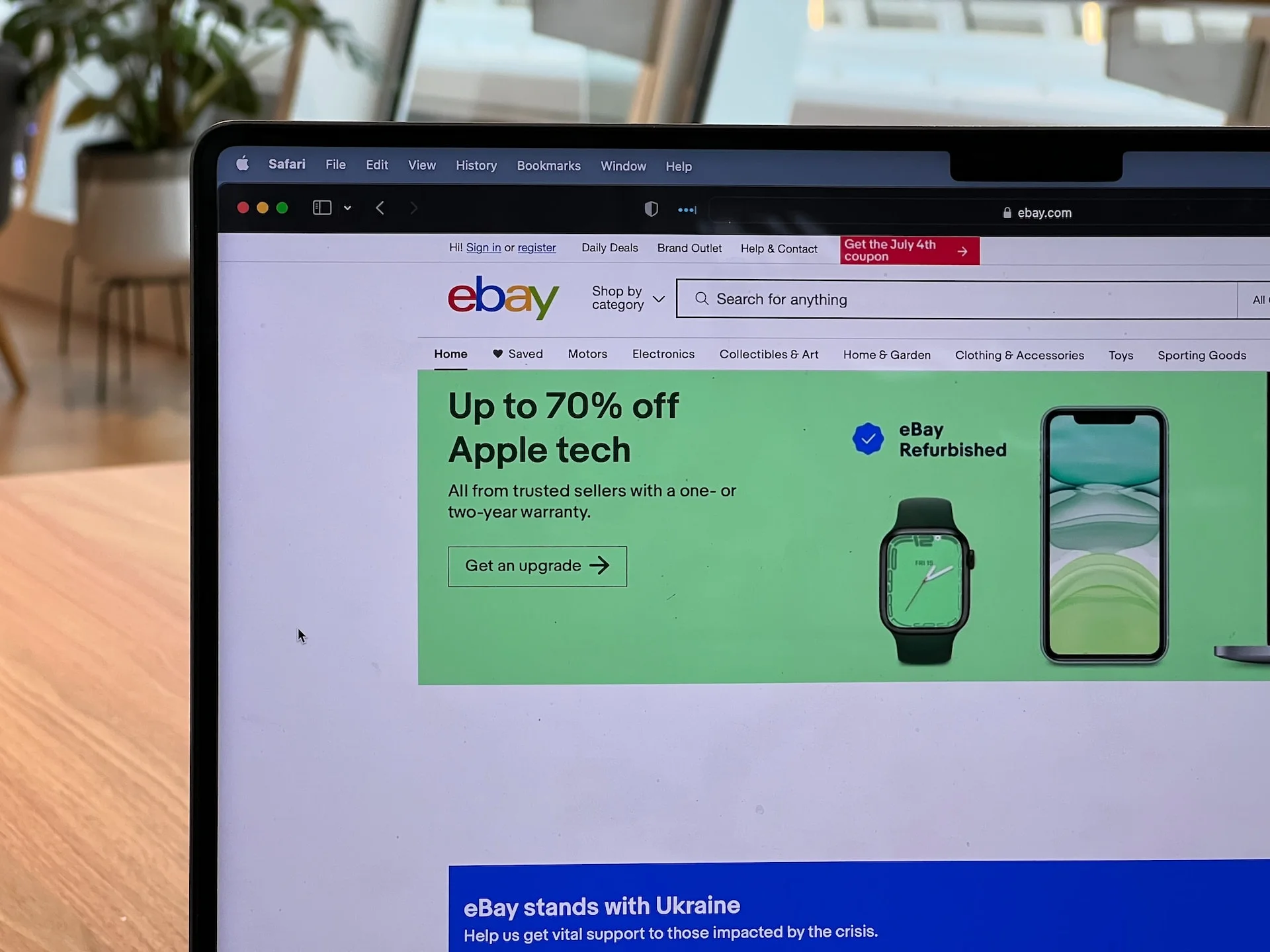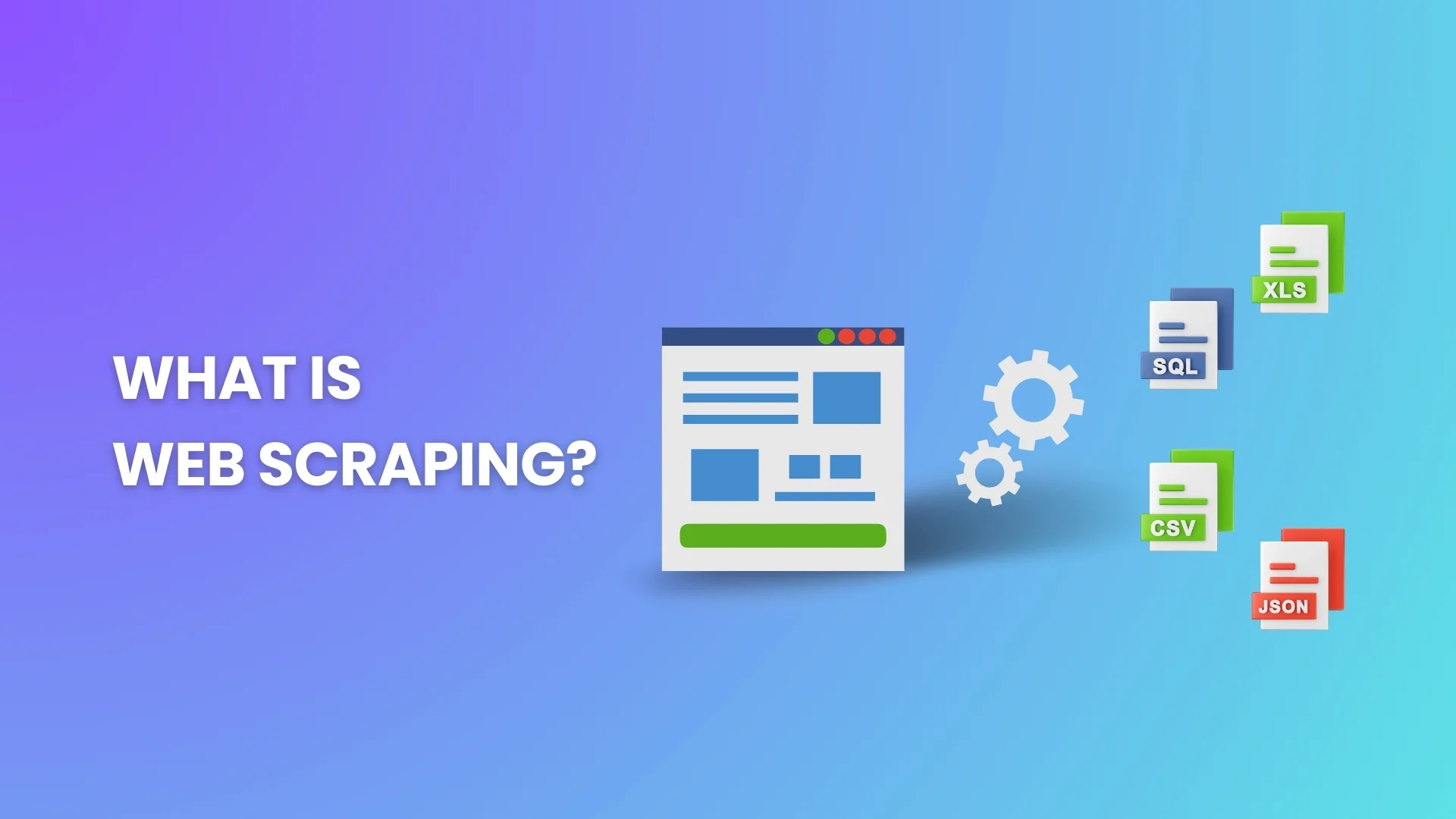Did you know that 36% of all online product discoveries are attributed to Google Shopping listings? Furthermore, nearly half of all online shoppers admit to using Google as their primary tool for uncovering new products.
But what does this mean for your business?
Well, it signifies that beneath all these listings and customer inquiries lies valuable insights. Insights you can use to discover market trends, buyer preferences, competitor strategies, and new opportunities. However, you may want to avoid manually sifting through all these piles of information. Because there’s really a lot of it. After all, why stick to time-consuming and inefficient manual activities if you can automate data collection and data preparation with web scraping?! Read on to learn more about how to extract Google Shopping data and what merits you gain from this.
Understanding Google Shopping and its data
Google Shopping is a dedicated search engine tailored for online products. It’s a platform where retailers list their products, and shoppers compare prices, features, and reviews, all within the Google ecosystem.
So, what types of data you can scrape from Google Shopping?
- Product details like names, descriptions, images, and specifications.
- Pricing information to monitor and compare prices across different retailers.
- Seller ratings & reviews to get a glimpse into customer satisfaction and product quality.
- Product availability to understand stock level and availability trends, especially during peak shopping seasons.
- Special deals, discounts, and promotions to understand the competitive landscape and devise your own promotional strategies.
- Shipping costs, durations, and providers to help you optimize your logistics and delivery strategies.

How scraping Google Shopping can benefit business?
Enhanced product strategy
The success of your products in the market is not solely determined by their features or price points. You should also consider how your potential customers perceive it. And with Google Shopping data, you can build a product positioning strategy based on what matters to your customers.
Would you like to understand the strengths and weaknesses of your product from the customer’s perspective? Are you determined to spot features that customers desire but aren’t being offered by competitors? Is there a specific price point that’s underserved? You’ll learn this and more as you web scrape Google Shopping.
All these steps will help you craft a unique selling point that will make your product more appealing to your target audience.
Optimized inventory management
Managing inventory may be tricky at times. Stock too much, and you’re left with unsold goods eating into your profits. Stock too little, and you risk losing sales and eroding customer trust.
As you scrape Google Shopping results and search requests, you’ll get insights that will let you predict which items are likely to see a surge in demand. Or you can reveal if competitors are frequently out of stock for certain items. This will help you make informed decisions about which products to stock up on.
If you would like to figure out how price fluctuations impact demand, web scraping will help you with that, too. For instance, if a product’s price drops and its search frequency or sales increase, it indicates price sensitivity for that product.
Increased revenue
Revenue growth is the ultimate goal for most businesses. And leveraging data from Google Shopping can be a pivotal strategy in achieving this.
For example, you can scrape Google Shopping the lowest prices to adjust your offerings to attract more customers. For instance, if your competitor runs a short-term promotion, you’ll be able to respond with a counteroffer to retain your customer base.
Or you may want to use web scraping for market research to reveal gaps. As you introduce goods that cater to these gaps, you’ll tap into new revenue streams.
And let’s not forget that a better customer experience often translates to repeat purchases and increased customer loyalty. Keep an eye on reviews and ratings to address product or service shortcomings.

Challenges of scraping Google Shopping
While the rewards of extracting data from this e-commerce platform are plentiful, it may be easier said than done. Here are the challenges you may face on your way to acquiring quality information:
- Data accuracy & consistency. The data you extract is only as good as the listings themselves. If there are inaccuracies out there, they’ll be mirrored in your scraped data.
- Rate limiting & IP bans. Google has its guard up against automated scraping activities. You might find yourself facing IP bans or restricted access, which will interrupt your data collection.
- Legal boundaries. Tread carefully. You wouldn’t want to violate any terms of service or copyright laws.
- Time-sensitive data. Prices and promotions change in the blink of an eye. If you’re not quick to process and act on the information you’ve scraped, you might miss out on timely opportunities.
Legal and ethical aspects of web scraping Google Shopping
Generally speaking, it’s within the law to extract information from Google Shopping as long as it is publicly available. Though, you need to ensure you follow all the regulations around this data.
For example, check what Google Shopping allows you to scrape. Go to the Terms of Service page and the robots.txt file. Here, you’ll get guidelines about which parts of the site you can access while scraping.
Make sure you comply with global data protection regulations as well. Namely, the General Data Protection Regulation (GDPR) in the EU and the California Consumer Privacy Act (CCPA) in the US.

Effective ways of extraction of Google Shopping data
There are quite a few approaches to scraping Google Shopping prices and other data points. Below, we’ll break down the most common and efficient for you.
1.Manual data collection
It’s the most basic form of data extraction and doesn’t require any specialized tools or software. You manually visit Google Shopping pages and record the required data.
Pros:
- No technical expertise required
- Direct control over the data being collected
- No risk of IP bans or rate limiting
Cons:
- Highly time-consuming
- Prone to human errors
- Not feasible for large datasets
Best for: Small-scale projects or businesses just starting out with data collection and have limited data needs.
2.Browser extensions & plugins
Want to take things to the next level without over-complicating the scraping process? Then browser extensions and plugins are the best bet for you. These tools provide a user-friendly interface and can extract data with a simple click.
Pros:
- Easy to use with minimal setup
- Suitable for non-technical users
- Can be customized based on specific data needs
Cons:
- Limited in terms of scalability
- Dependent on browser compatibility
- Might not handle dynamic content well
Best for: Medium-scale projects or individuals looking for a balance between ease of use and functionality.
3.Dedicated web scraping tools
There are also specialized software or platforms. They offer advanced features, automation capabilities, and can handle large-scale data extraction.
Pros:
- Highly efficient and scalable
- Can handle complex scraping tasks
- Often come with built-in data management tools
Cons:
- Might require technical expertise
- Can be expensive
- Risk of IP bans if not used cautiously
Best for: Large businesses or projects that require regular, extensive data extraction and have the resources for tool maintenance.
4.Custom-built scraping bots
These are tailor-made scripts or bots, often developed in Python or other languages. They offer the highest level of customization.
Pros:
- Precisely tailored to specific data needs
- Highly flexible and adaptable
- Can be integrated into larger data systems
Cons:
- Requires programming knowledge
- Needs regular maintenance with website changes
- Development can be time-consuming
Best for: Tech-savvy businesses or projects with unique data requirements that off-the-shelf tools can’t meet.
5.Managed scraping services
Don’t have in-house resources to collect information from Google Shopping? Then consider hiring third-party services that specialize in web scraping. These companies manage the entire data extraction process, from setting up the tools to delivering the data in a usable format.
Pros:
- Hassle-free and requires minimal involvement
- Experts handle challenges
- Scalable based on data needs, from small to extensive projects
Cons:
- Can be more expensive than in-house solutions
- Less direct control over the data extraction process
Best for: Businesses that want to leverage Google Shopping data without the technical challenges, or those looking for a hands-off approach with guaranteed results.

Google Shopping data analysis and utilization
Once you’ve extracted data from Google Shopping, the journey doesn’t end there. Raw data might be overwhelming and not immediately actionable. To transform this data into insights, you need to clean, structure, and analyze it. Here’s a step-by-step guide on how to do just that:
- Data cleansing. Ensure there are no repeated entries. In addition, identify gaps in the data and fill them. Don’t forget to standardize data formats and correct typos to ensure uniformity across records.
- Data structuring. Group similar listings for easier comparison and analysis. Mind standardizing values, especially when you deal with different currencies or measurement units. Assign unique identifiers to each record to make it easier to track and reference them.
- Data analysis. Compare your product listings, prices, and promotions against competitors. Use historical data to forecast future trends, like potential best-sellers or upcoming market shifts.
- Data visualization. Use bar charts, line graphs, or pie charts to represent data distributions, trends, or comparisons. If you’re analyzing geographical data, use heatmaps to see where products are most popular. Also, consolidate multiple data visualizations into a single interface for a comprehensive overview.
Taking action
Whether you are new to e-commerce or would like to improve the performance of your store, you can’t ignore the impact of Google Shopping on the market. As you web scrape Google Shopping list or other data, you capture insights that would enable you to build effective strategies for business growth.
But instead of navigating the complexities of data extraction and analysis on your own, why not lean on experts who’ve done it time and time again? At Nannostomus, we deliver clear, actionable insights tailored to your business needs. Our dedicated team ensures not only the efficient extraction of data but also its meticulous analysis. Reach out to Nannostomus today to discover how our team will help you extract value from Google Shopping.




